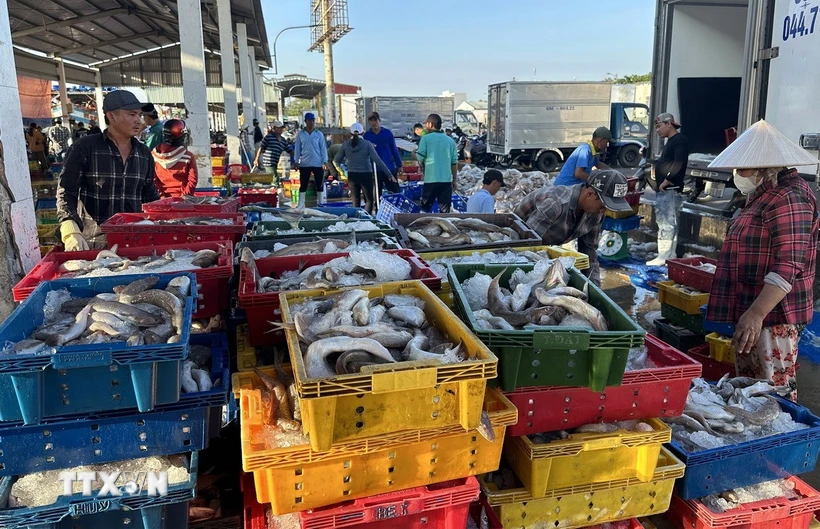 |
| Fishing boats dock to load fish at Tac Cau Fishing Port, Chau Thanh District, Kien Giang . Photo: VNA |
According to the Vietnam Association of Seafood Exporters and Producers (VASEP), seafood export turnover in April 2025 reached 850.5 million USD, up 10% over the same period. Bringing the cumulative export turnover in the first 4 months of the year to 3.3 billion USD, up 21% over the same period in 2024.
Shrimp continued to be the main export item, contributing 1.27 billion USD in the first 4 months of the year, up 30% over the same period. In April alone, shrimp exports reached 330.8 million USD, up 15%.
This growth comes from consumer demand in major markets such as China, the EU and Japan, along with shrimp prices gradually recovering due to the rebalancing of global supply and demand.
After shrimp, pangasius is also a strategic export item with a turnover of 632.7 million USD in the first 4 months of the year, up 9% over the same period. However, in April, the growth rate of pangasius exports slowed down, reaching only 167.7 million USD, equivalent to the same period last year.
This slowdown is attributed to pressure from US tariff policies and competition from alternative whitefish sources such as tilapia.
Tuna exports in April 2025 recorded a decrease of 12%, reaching only 76 million USD, the accumulated export in the first 4 months of the year reached more than 302 million USD, a slight increase of 1% over the same period.
According to businesses, the biggest bottleneck of the tuna industry in recent times is the shortage of raw materials due to regulations on the minimum size of skipjack tuna, leading to a decrease in exploitation, processing and export output.
In contrast, items such as tilapia and red tilapia grew by 138%, although the turnover was still modest at 19 million USD. Mollusks, crabs and swimming crabs also recorded impressive growth, reaching 216.4 million USD (up 18%), 83.1 million USD (up 82%) and 112.1 million USD (up 50%), respectively, thanks to high demand from China and ASEAN.
In terms of markets, China (including Hong Kong) leads with export turnover reaching nearly 710 million USD in the first 4 months of the year, up 56%. April alone recorded 182.3 million USD, up 29%, mainly due to demand for shrimp, crab and molluscs serving the high-end segment.
Japan ranked second with 536.6 million USD, up 22%, with steady growth thanks to high value-added processed products. The EU and South Korea continued to be potential markets with turnover of 351.5 million USD (up 17%) and 264.1 million USD (up 15%) respectively, especially thanks to preferential tariff policies from the Vietnam - EU Free Trade Agreement (EVFTA).
However, seafood exports to the US witnessed a significant decline in April 2025 with a turnover of 120.5 million USD, down 15%. In the first 4 months of the year, total exports to this market reached 498.4 million USD (up 7%).
The decline in April reflected the impact of reciprocal tariffs from the US, which disrupted export activities.
Ms. Le Hang, Deputy Secretary General of VASEP, analyzed that the US's reciprocal tax policy is putting great pressure on Vietnam's seafood exports. Items such as tra fish and shrimp, which are heavily dependent on this market, are heavily affected.
Tariffs increase product costs, causing US importers to consider switching to other sources of supply such as India or Ecuador. In addition, technical barriers, such as food safety testing and strict traceability requirements, also reduce Vietnam's competitive advantage.
However, the advantages of major trade agreements such as the Comprehensive and Progressive Agreement for Trans- Pacific Partnership (CPTPP), the Vietnam - EU Free Trade Agreement (EVFTA) and many other FTAs are helping Vietnam minimize negative impacts by expanding its market to the EU, Japan and ASEAN.
Vietnamese businesses are also adjusting their strategies, focusing on value-added products and diversifying markets to reduce dependence on the US.
Experts predict that in the next two months, Vietnam's seafood exports will have a strong shift before the new US reciprocal tax policy takes effect from July 9, 2025.
During this time, Vietnamese businesses will focus on boosting exports to the US, especially key products such as shrimp and tra fish, to make the most of the period before the new tax rate is implemented, increasing costs.
Export turnover to the US market in May and June is expected to increase by 10-15% compared to April 2025, thanks to hastily signed contracts and a price reduction strategy to maintain market share.
In contrast, exports to other markets such as China and ASEAN are likely to stagnate, with growth of only 3-5%. The reason is the increasingly fierce competition from Chinese seafood products, which are subject to high tariffs in the US and are forced to shift to the domestic market as well as neighboring markets.
This competition will reduce the attractiveness of Vietnamese products, especially in the low-cost segment. Exports to the EU and Japan can maintain stable growth of about 8-10%, thanks to the advantages of free trade agreements, but it is difficult to offset the decline from large markets such as the US and China.
To adapt, Vietnamese seafood enterprises are actively shifting to less risky markets such as Brazil, Mexico and the Middle East; at the same time, promoting deep processing capacity to create advantages in the high value-added product segment.
Notably, Brazil, with a population of over 200 million and an average seafood consumption of 12 kg/person/year, is emerging as a potential market for Vietnamese seafood. However, businesses need to pay attention to improving quality and meeting sustainability standards to overcome technical barriers.
Source: https://baophuyen.vn/kinh-te/202505/xuat-khau-thuy-san-duy-tri-da-tang-truoc-tac-dong-cua-chinh-sach-thue-quan-1384f84/


![[Photo] Prime Minister Pham Minh Chinh attends the event "Digital transformation of the banking industry by 2025"](https://vphoto.vietnam.vn/thumb/1200x675/vietnam/resource/IMAGE/2025/5/29/0e34cc7261d74e26b7f87cadff763eae)

![[Photo] Prime Minister Pham Minh Chinh receives leaders of Excelerate Energy Group](https://vphoto.vietnam.vn/thumb/1200x675/vietnam/resource/IMAGE/2025/5/29/c1fbe073230443d0a5aae0bc264d07fe)



















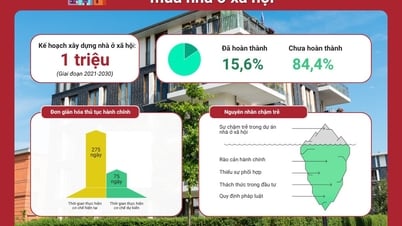

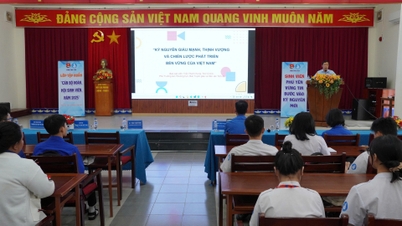































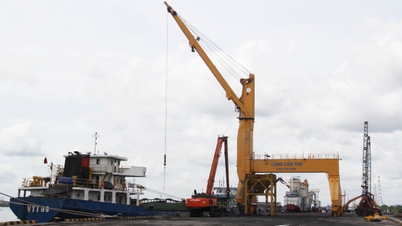







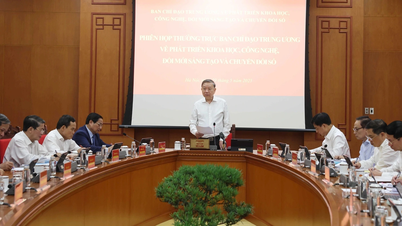



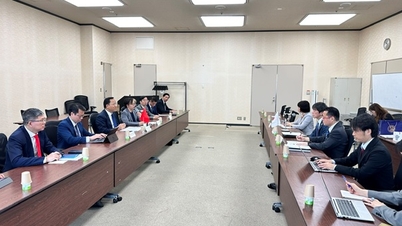



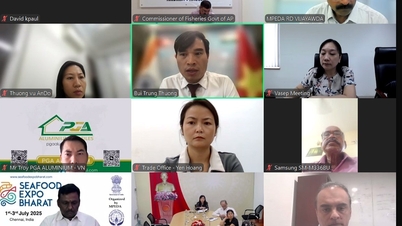
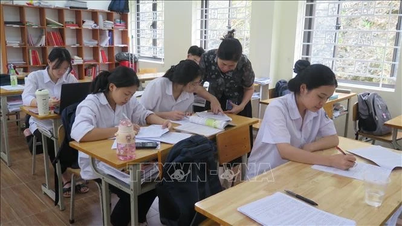





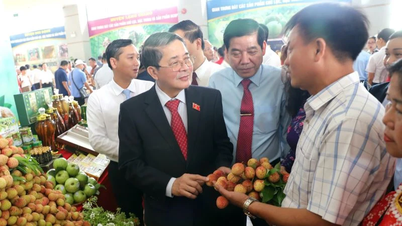







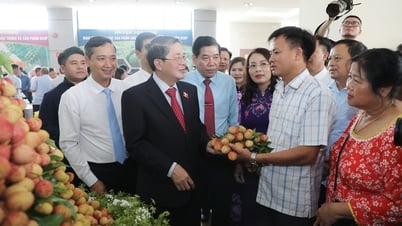




Comment (0)